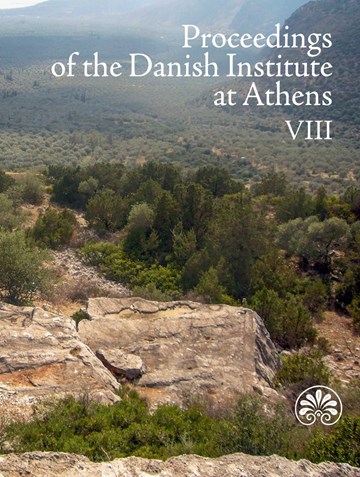A Late Roman building complex in the Papaz Tarlası, Vezirköprü (ancient Neoklaudiopolis, northern Asia Minor)
Keywords:
Archaeology, field work, Survey, Roman, Pontos, churchAbstract
The article discusses a building complex including a Greek cruciform structure identified by geoelectric resistivity survey just north of Vezirköprü in the region known in antiquity as Pontos. The initial discovery by the Nerik Excavation Project was followed by intense systematic archaeological survey by the Danish project Where East meets West, and the article publishes the results of this field work. The structures in the Papaz Tarlası can be conjecturally interpreted as parts of an early Christian complex dating to the second half of the 5th century AD and presumably associated with the cult of a local martyr. The finds and the finds distribution appears to suggest that the martyrion was associated with consumption and some habitation.
Downloads
Published
How to Cite
Issue
Section
License
The authors and Proceedings of the Danish Institute at Athens own the copyright to the published articles and reviews.





